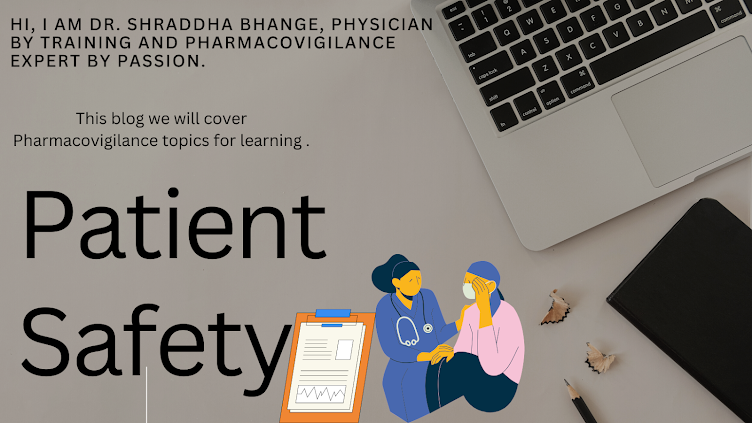1. Why is a literature review required:
A literature review for continuously monitoring the product's safety profile is a regulatory authority requirement across all countries. However, it goes beyond meeting compliance requirements as it helps MAH/Pharma companies utilize real-world data in various other documents, e.g., new indication applications, better understanding of the risks, and introducing or adjusting risk minimization measures as the safety profile changes. Literature serves as a source of information outside the company database.
2. Which databases are used for literature:
The European Union has published a list of active substances (drugs) that need to be monitored in the literature. Other regulatory agencies may or may not have such an explicit list or name of drugs published; however, when a product has active PSUR, RMP, or any risk minimization measures, it becomes pertinent to have a literature review for those products. A literature review for identifying cases/ICSR is required for all products; hence, having one database for literature is mandatory. However, the industry standard is to have at least 2 databases, and whenever required, especially for MAH in European countries, local literature in the local language also becomes mandatory.
3. Literature search strategy: Literature search strategy depends on three critical factors.
1. Phase of development of product and the status of the product
A product that is an originator and still in a clinical development phase may require a class search or a search focused on toxicology, animal studies, etc., as the real-world data may be limited. However, for a generic product with a well-developed safety profile, the search will be limited to molecules and collecting natural clinical settings usage and patient outcomes.
The most common and required terms are adverse event, class and product terms, pregnancy and breastfeeding, and pregnancy outcomes.
2. Literature database
This also drives the way we use search terms and the technical aspects, such as using the correct characters.
3. Local vs. Global Literature
The search strategy will also change based on local or global search. In the case of specific terms used locally in clinical publications, those will need to be targeted.
4. Broad vs narrow search strategy
The search strategy can be broad or narrow depending upon where the articles will be used and for what. When the risk is not established or not characterized, we usually use signal validation in the broad search. However, we use narrow when the risk is well known, and we want only certain aspects to be characterized, e.g., prevalence in specific populations.
4. Where are literature articles utilized
The literature in PV is not limited to ICSR or signal management. It can be utilized for aggregate reports, e.g., PSUR, DSUR, etc. Additionally, for new indication applications, designing a study to determine which study safety outcomes and Benefit risk assessment.
5. Points to consider for literature articles
5.1 ICSR
Validating an article as an ICSR from literature is the same as in any case: 4 minimum criteria. However, the same 4 minimum criteria must be relevant to the literature source.
Product: Is your product available in this market/country?
Is the literature article date or use of the product mentioned in the article after the product was launched in that country/market?
Does the article mention the brand name or have the same composition as your product?
We need to address these questions before adding this to the safety database.
Event: Add only events that occurred with company products or events after the company product was started. Add events that the author attributed to the company product.
Reporter and Patient: This criterion has no change per se except that patient identifiers must be available in the article. A table of patients with their age/gender, categorized into products they have taken or events that occurred. In a nutshell, we need to know that there were separate patients.
5.2 Aggregate safety reporting
Articles that need to be included in the PBRER depend on multiple factors, e.g., sections in the PBRER, i.e., sections 9 or section 15, or 16. It also depends on the baseline safety profile of the product, what we know about the individual risk, and what outcome is expected from that section or risk. If it's a second PSUR, is there any particular request from PRAC? Generally, articles with large populations, varied/diverse patient populations that were not studied, specific outcomes, and changes in severity, seriousness, and frequency will be included. Articles that provide more information on the mechanistic action of drugs (previously unknown) or articles that provide new or relevant disease pathophysiology will also be included.
Written by:
Dr.Shraddha Bhange.
Connect with me Via comments below. (I do not respond to Facebook messages)
Support the cause of better rural education with me:ThinkSharp Foundation http://thinksharpfoundation.org/#home
References:


No comments:
Post a Comment
Please share your suggestions, they are most welcome!